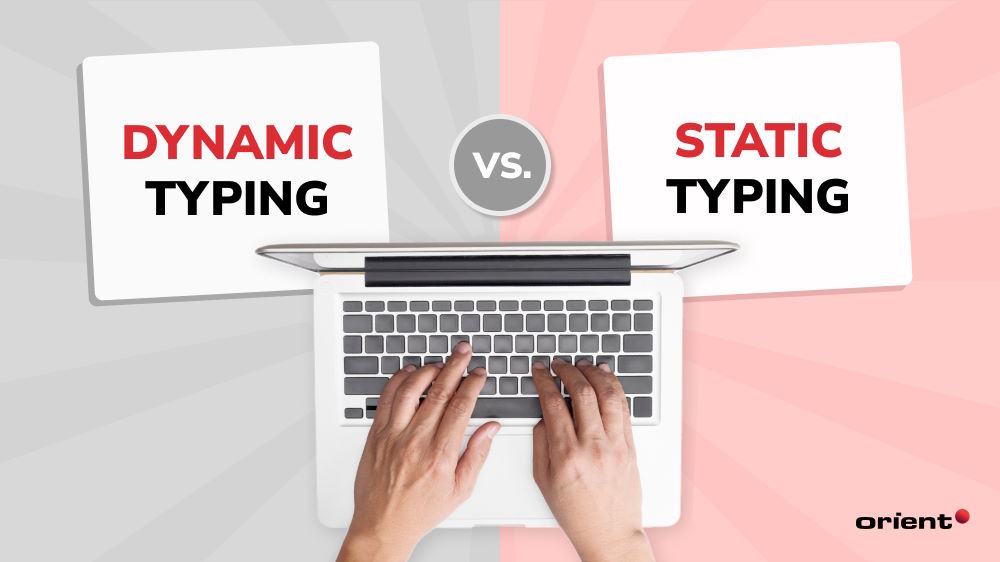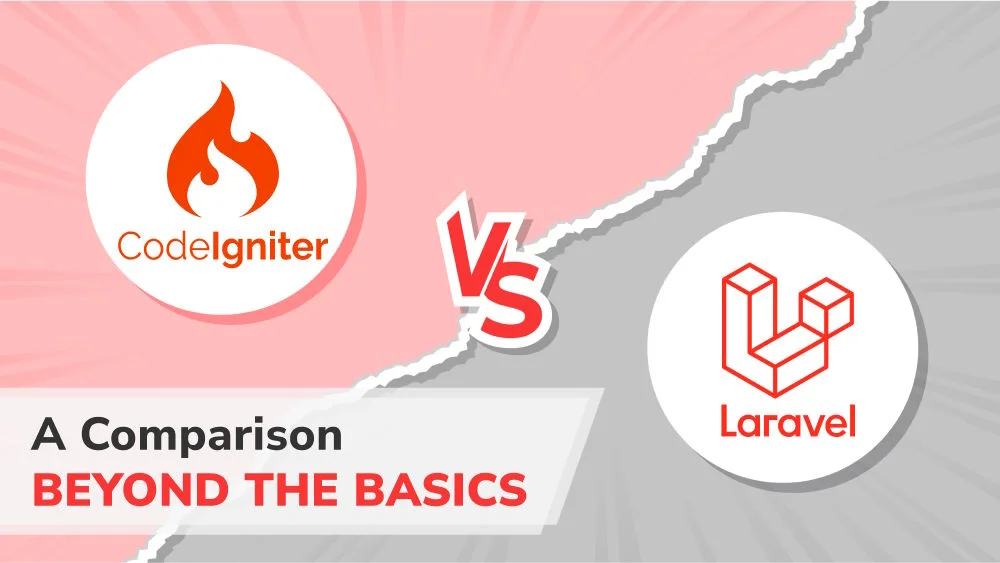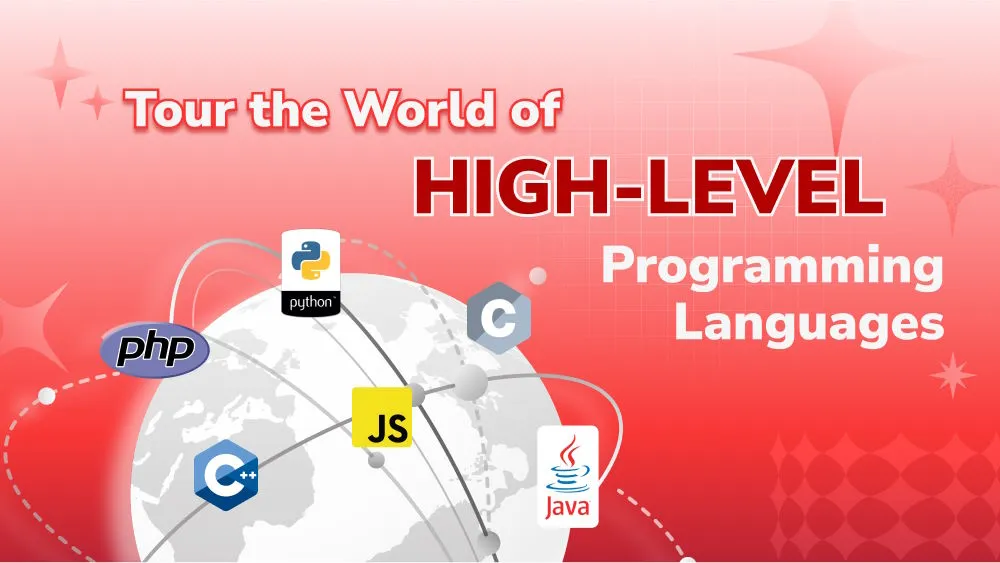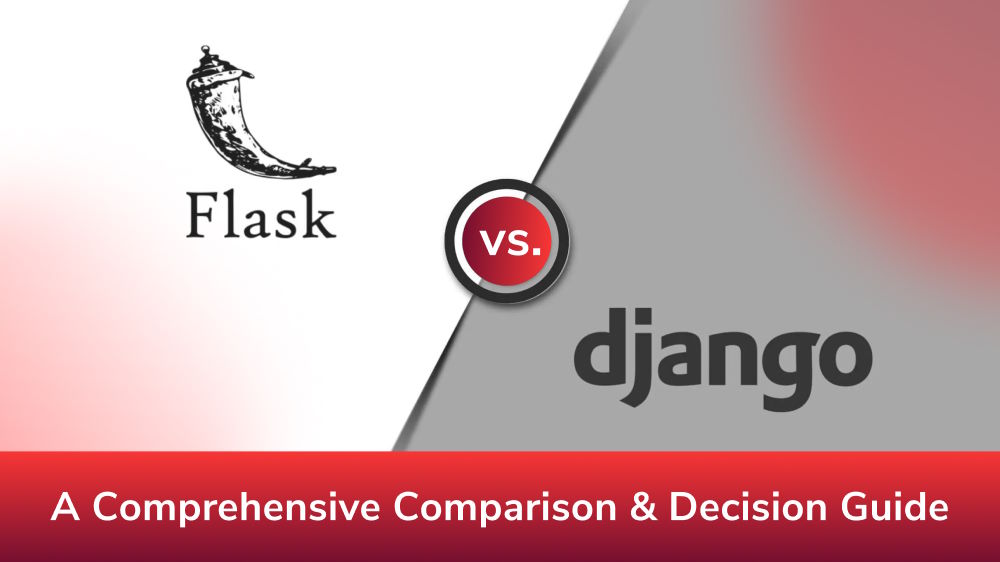Dynamic Typing Vs. Static Typing, Explained

Content Map
More chaptersWhen selecting a coding language for a project, you need to decide on a language that uses dynamic typing vs static typing. Each programming style has its strengths, weaknesses, and use cases. Understanding these differences helps you choose a language that best fits your creative vision and business needs.
In this article, we discuss dynamic typing vs. static typing and how to choose the right programming style for your project.
What Is Static Typing?
Static typing requires developers to declare variable types before compile time. In essence, they must specify the type and name of each variable (variable type) before they can convert the source code into executable code (compile time).
This verification process, called ‘type checking,’ is when the compiler checks for instances where the source does not follow the syntactic and semantic conventions of the source language.
In static typing, developers must correct any compile time errors before the compiler will generate an executable file. Programming languages that use static typing include Java, C, C++, and Go.
Pros and Cons of Static Typing

Static typing is a safe and secure way to write software. However, it can be slow and difficult for novice programmers to learn. For these reasons, static typing has become the programming style of choice for clean code.
Pros
{;.mt-5}
Early Error Detection
Static typing is considered a safe and risk-averse programming style. It enforces strict, rigid programming rules and guidelines from the start. This makes it easier to detect and address issues early – before these issues become buried and harder to find. As a result, runtime errors are less likely.
Code Readability
By having clearly defined variables, developers better understand the usage and behavior of each variable in the source code. Also, new developers have an easier time modifying other people’s code, streamlining collaboration while speeding up development.
Cons
{;.mt-5}
Slow to Build
Statically typed code is more verbose than dynamically typed code, as developers must declare each variable type before compile time. While this can potentially slow down development, the previously mentioned benefits – early error detection and improved code readability – help mitigate the effects of this downside.
Steep Learning Curve
Since static typing leaves less room for errors, developers may find it harder to learn and use. So, when choosing a dedicated software team to use a statically typed language, be careful. Confirm that they are experienced in this programming style and know how to interpret and implement type annotations.
What Is Dynamic Typing?
Dynamic typing offers greater freedom and flexibility than static typing. Unlike static typing, where type checking occurs at compile time, in dynamic typing, type checking occurs at runtime.
This means that the compiler will ignore issues that the runtime will detect later, such as invalid type arguments and data mismatches. Programming languages that use dynamic typing include PHP, Python, and JavaScript.
What Are the Pros and Cons of Dynamic Typing?
Dynamic typing is a fast, versatile way to program software. However, the level of freedom it offers can affect code readability and stability, encouraging lazy coding practices – and increasing the risk of urgent, last-minute bug and error repairs.
Pros
Flexibility
Dynamic typing removes the need to explicitly declare variable types. Developers can focus purely on the functionality of their application – without being bogged down by minor inconsistencies in the source code. This approach can be useful if, for example, the data type of a variable is unknown or subject to change later.
Fast Development
Dynamic typing is generally considered to be faster than static typing. Since type checking occurs later, at runtime, developers do not have to address syntactic and semantic errors at compile time.
For this reason, developers often use statically typed languages for minimum viable product (MVP) software development and small-scale applications. These types of applications, when handled correctly, can still function as intended, even with minor data and variable mismatches.
Cons
High Maintenance
Data mismatches can be harder to diagnose and resolve at runtime (When the application is executable) than earlier in compile time. This may increase the time and effort required to clean up errors ignored at compile time. New developers who are unfamiliar with the existing code may also struggle to work with complex, incomplete code.
Some code compromises are expected. However, if too many issues arise, they could mitigate the benefits of using static typing to speed up development in the first place. Therefore, striking the right balance between code quality and speed is essential.
Lazy Coding Practices
Dynamic typing can increase the risk of normalizing lazy coding practices, resulting in typos, inconsistent naming conventions, and conflicting formatting approaches. As a result, the code repository may suffer from a lack of consistency, readability, and maintainability, leading to potential runtime errors and system failures.
To avoid these issues, choose a custom software development team that enforces strict coding policies and guidelines. Coding rules standardize software development at all levels of application and web development. The result is code that is easier to read and maintain, more secure, and easier to upscale as necessary.
At Orient Software, we follow strict coding policies and guidelines. When using dynamically typed programming languages, we anticipate the potential shortcomings of this programming style, ensuring that the code is consistently clean and stable while delivering high-quality software quickly.
How to Choose Between Dynamic Typing and Static Typing
JavaScript and HTML/CSS are the two most used programming languages in the world. Nonetheless, in regard to choosing a programming language, popularity should not be the only deciding factor. Consider the project scope and complexity, your technical and business requirements, and your long-term maintenance needs.
Project Scope and Complexity
Are you an enterprise client wanting to release a large, complex web or desktop application? Perhaps you want to try an idea with a small, limited-scale demo? The scope and complexity will determine the right programming style for you.
If operational stability and clean code are a priority, then consider a statically typed language. The need to catch errors early and maintain readability will make it easier for the development team to build, test, and deploy your application. Also, if you intend to upgrade to new features later, then clean code will help streamline this process.
However, if you require speed and flexibility, then the versatility of a dynamically typed language might suit you. Without getting bogged down by minor inconsistencies, the team can fast-track development and deliver an MVP that meets your minimum requirements. Also, dynamic typing may be suitable for small-scale applications, especially if there are no plans to upscale or update the data.
Technical and Business Requirements
Understanding your technical and business requirements can help you choose the right programming language, which in turn creates better products and user experiences. This is worth thinking about, as research shows that teams that focus on the user have 40% higher organizational performance than teams that do not.
To figure this out, let’s demonstrate with a sample case study.
Let’s say you require a general-purpose app for desktop and mobile environments. There are a few programming languages you could choose from, but the two standouts are Java and Python. Java is a statically typed language, while Python is a dynamically typed language. How would you choose?
To make this decision, you would evaluate your business requirements. For this particular project, you have a short deadline to build a small-scale B2B desktop and mobile application. So, in this case, Python would be the way to go. However, if you had a longer deadline and a larger-scale project, then Java would be a viable choice.
Long-Term Maintenance and Scalability Requirements
Research shows that around 63% of developers spend about 30 minutes per day searching for answers or solutions to problems. Choosing the right programming language can help reduce troubleshooting, especially during maintenance.
Once you deploy your application, you’ll need to maintain it. The complexity of your maintenance requirements will depend on your preferences. How clean, readable, and scalable your code is will also play a factor.
To make a decision between static typing and dynamic typing languages, evaluate your long-term maintenance needs. If you plan to push major updates and quality-of-life improvements, then statically typed code will be easier for developers to read and modify. However, if you plan to push only basic security updates and minor improvements, then dynamically typed code may be enough for your developers to work with.
Concluding the static vs. dynamic typing debate
There you have it! If speed and operational agility are a top priority for you, then a dynamically typed language might be for you. However, if you require consistency and clean code from the get-go, then consider a statically typed language.
At Orient Software, our developers are highly skilled in both static and dynamically typed languages, including Java, Python, and other general technologies. To learn more about our software development services, contact us.







